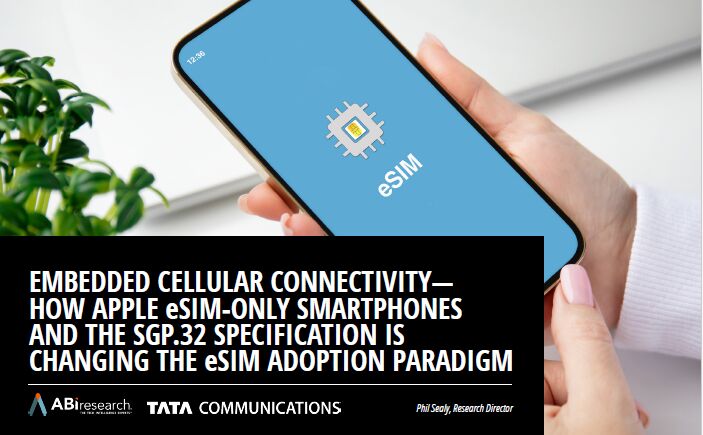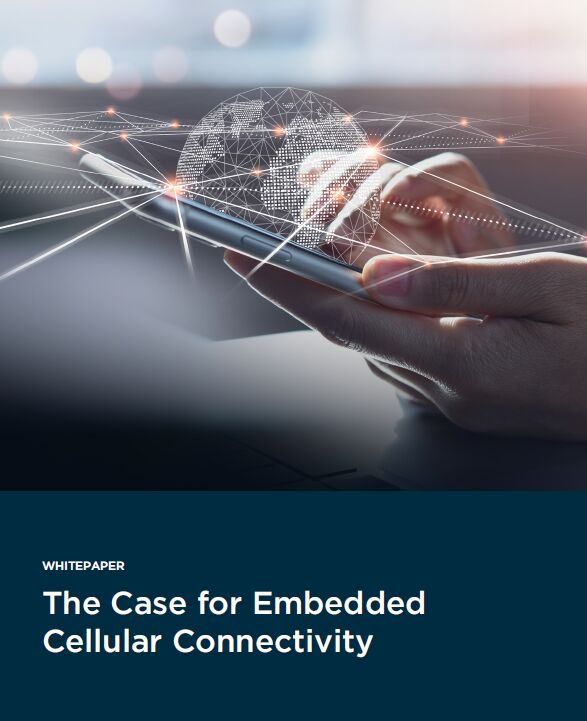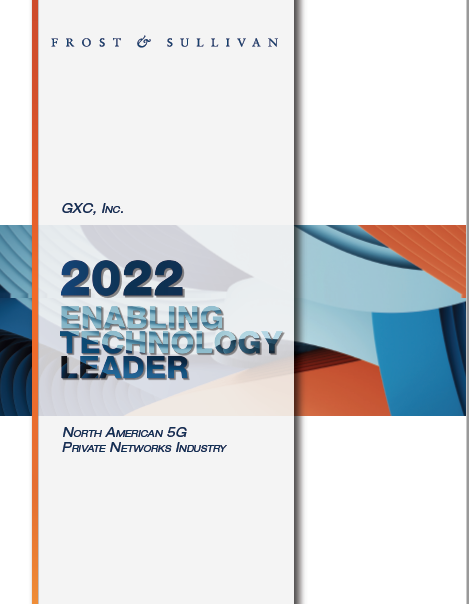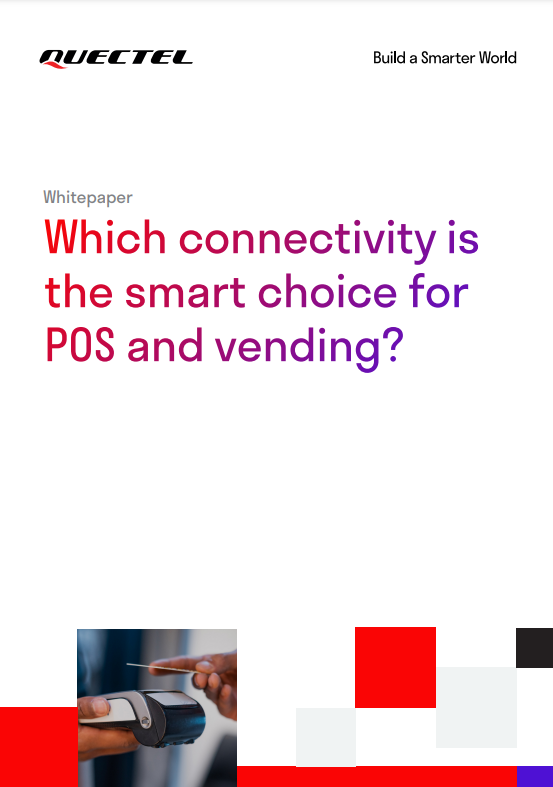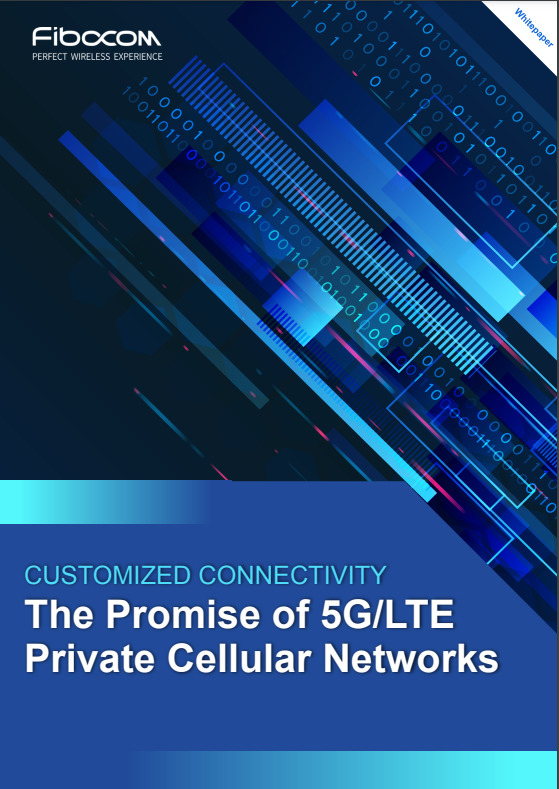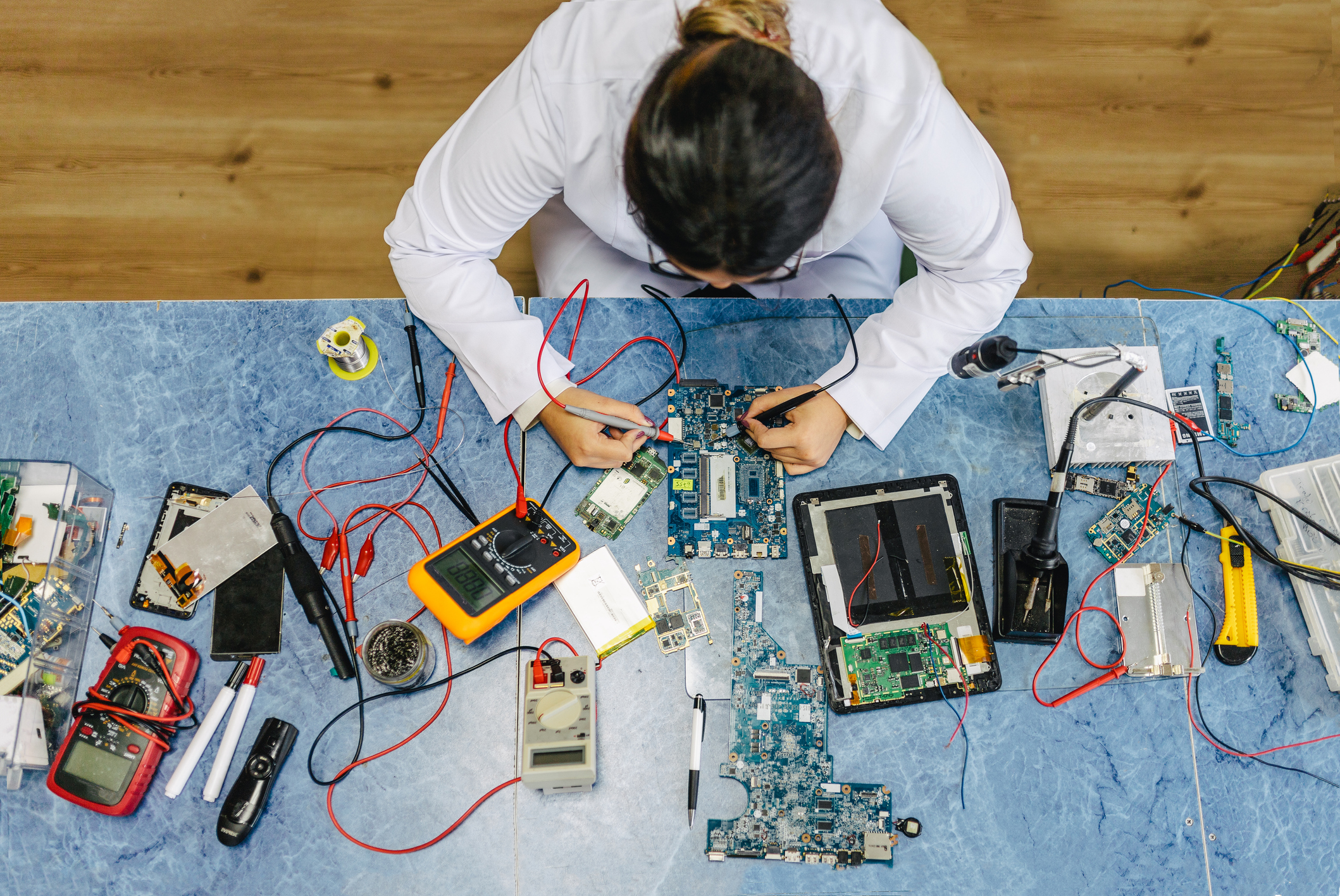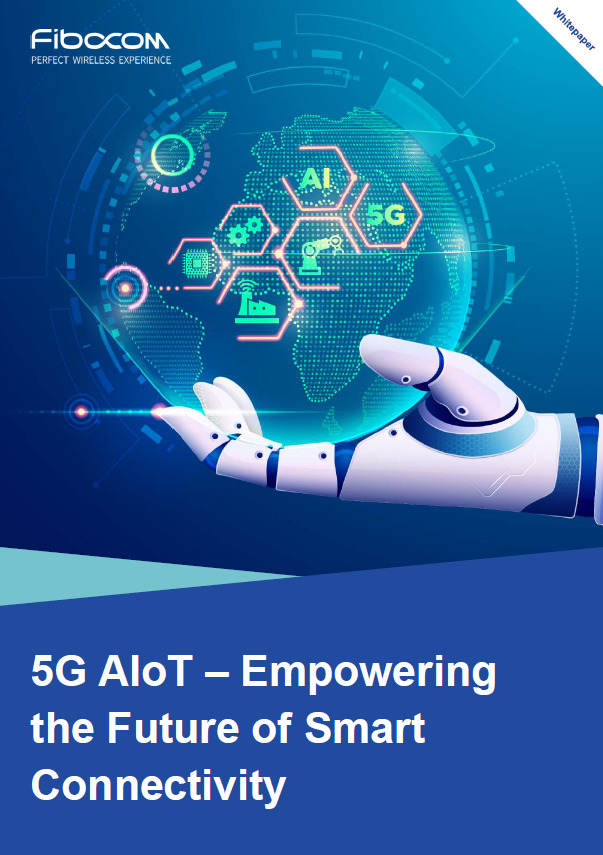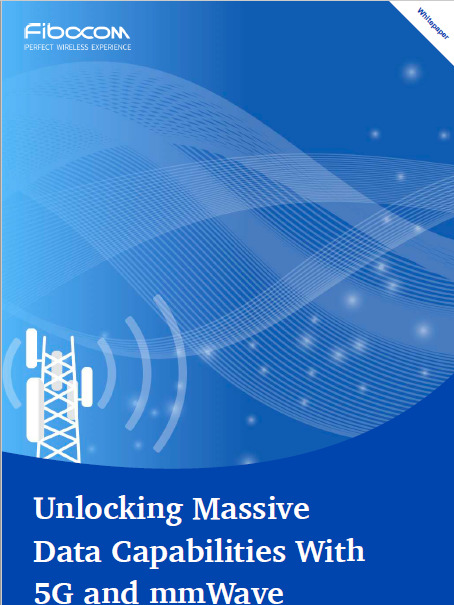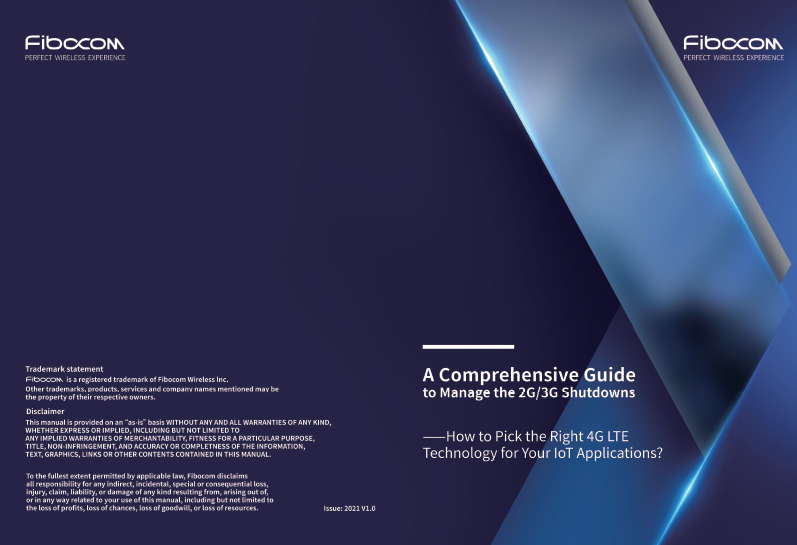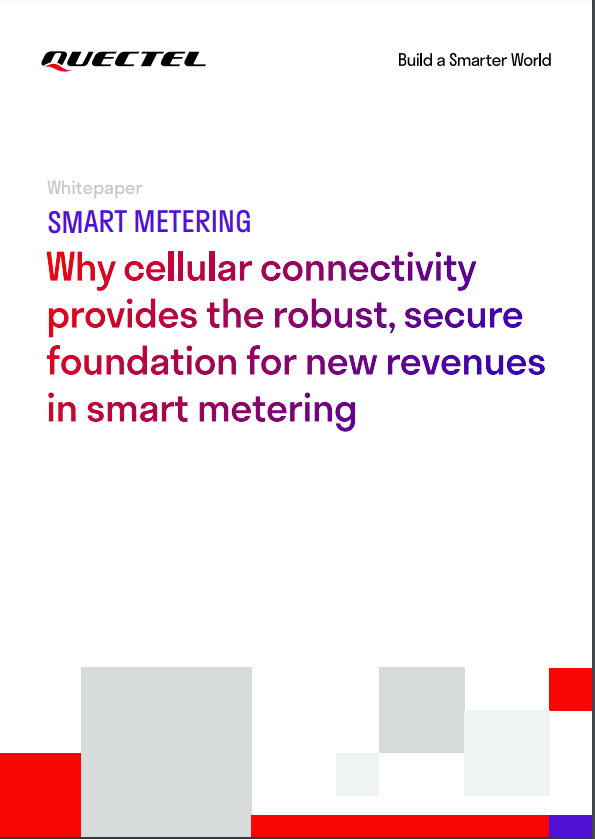Embedded Cellular Connectivity—How Apple eSIM-Only Smartphones and The SGP.32 Specification is Changing The eSIM Adoption Paradigm
Embedded connectivity across consumer, Machine-to-Machine (M2M), and Internet of Things (IoT) applications continue on a positive growth trajectory. In the cellular domain, Embedded Subscriber Identity Module (eSIM) technology adoption, which allows remote selection and switching of carrier networks, has been and will continue to be a major catalyst for growth.
The Case for Embedded Cellular Connectivity
Building connectivity into devices in the factory is becoming increasingly compelling.
Embedding cellular connectivity into devices promises to transform many industries and facets of everyday life. In fact, reliable and persistent connectivity could unlock value across the economy: fleet managers are able to track vehicles continuously, medical devices can transmit patient data directly to healthcare providers, farm machinery can operate autonomously, and consumers can easily monitor their possessions.
GXC, Inc. – 2022 Enabling Technology Leader
Frost & Sullivan applies a rigorous analytical process to evaluate multiple nominees for each award category before determining the final award recipient. The process involves a detailed evaluation of best practices criteria across two dimensions for each nominated company. GXC excels in many of the criteria in the 5G private network space.
The Benefits of Cellular Mesh for Private 5G Networks
M37 Ventures has put together this brief to explore one of the key technologies that will facilitate private 5G adoption for enterprises in the near future and beyond – cellular mesh technology. We interviewed senior technology leaders, telecommunications experts, buyers and distributors, and the engineers developing the technology to enable it all.
Which connectivity is the smart choice for POS and vending?
Wireless connected payment devices have already been widely embraced across the globe with consumers preferring the convenience of card or mobile phone-enabled payments over handling cash. Since the pandemic, this has become even more apparent and cashless is not only the favored payment method but now the default for most users. In 2020, global consumer preference to pay with cash fell to 15%. The move away from cash and increased trust in near-field communication (NFC) for payments, has seen connected terminals for in-store remote payments become part of everyone’s daily lives and the global point of sale (POS) terminal market is growing even more rapidly because of this.
Customized Connectivity: The Promise of 5G/LTE Private Cellular Networks
Since their inception, networking technologies have revolutionized global communications, offering us new ways to connect and collaborate in real time across the globe. From business and enterprise to the public sector, enhanced network capabilities have allowed organizations to improve their response times, increase their efficiency, and employ data-driven decision-making for better outcomes across multiple scenarios.
How to optimize RF performance for 5G connected devices
Everyone understands that 5G will bring with it a huge uplift in speed and capacity as well as device density per cell to support massive IoT. 5G is fundamentally changing the way we communicate, delivering improved latency and throughput. These benefits, plus network slicing, are just a few ways in which 5G will transform life for businesses and consumers. Central to 5G’s delivery will be antenna technology, and as such, the entire RF front end design layout. This is highly complex and 5G IoT deployments are reliant on optimized antenna and RF performance so 5G can deliver on its promises.
How to test and analyze IP throughput on 5G networks
The promise of 5G is increased speed and capacity through extended mobile broadband (eMBB), but significant challenges exist in terms of spectrum availability which broadly divides 5G deployments into Sub 6GHz and mmWave bands. In 3GPP Release 15, FR1 describes the sub-6GHz spectrum while FR2 describes the range above 24GHz which extends to 100GHz – and beyond. Spectrum therefore has a significant effect on the throughput that 5G networks can achieve.
5G AIoT – Empowering the Future of Smart Connectivity
The combination of Artificial Intelligence (AI) and the Internet of Things (IoT), dubbed AIoT, opens up new possibilities for how we collect, analyze and react to data, promising an era of smarter, faster decision-making. Using clusters of AI-empowered IoT devices, computing will shift to the edge, where high-speed data processing will enable lightning-fast adjustments to processes, workflow and productivity.
Unlocking Massive Data Capabilities With 5G and mmWave
With the advent of 5G technology comes the promise of ubiquitous connectivity, low latency and high capacity across a wide range of use cases. As the Internet of Things (IoT) ushers in an era of up to a million connected devices per square kilometer, existing network architectures such as 4G, won’t be able to keep up with increased data usage needs.
A Comprehensive Guide to Manage the 2G/3G Shutdowns
According to Machina Research, the number of global IoT conections will reach 27 billion by 2025. Among them, the total size of cellular lot connections is expected to exceed 5 billion. Technologically, as the world is moving towards the 5G era, and 4G has become the mainstream mobile communication system, shortcomings of 2G/3G become increasingly obvious either regarding spectrum allocation efficiency, wireless peformance, or operation and maintenance costs. The worldwide 2G/3G sunset is in progress with many countries giving their own timelines based on their needs for telecommunications networks (see Figure 1).
Why cellular connectivity provides the robust, secure foundation for new revenues in smart metering
Energy industries around the globe need to implement change to increase their efficiency, reduce their environmental impact and address the need to manage increased demand for applications such as charging electric vehicles. Smart metering of electricity, gas and water consumption is playing a vital role in this as utility companies seek more accurate, granular and timely data to operate their businesses more efficiently.

